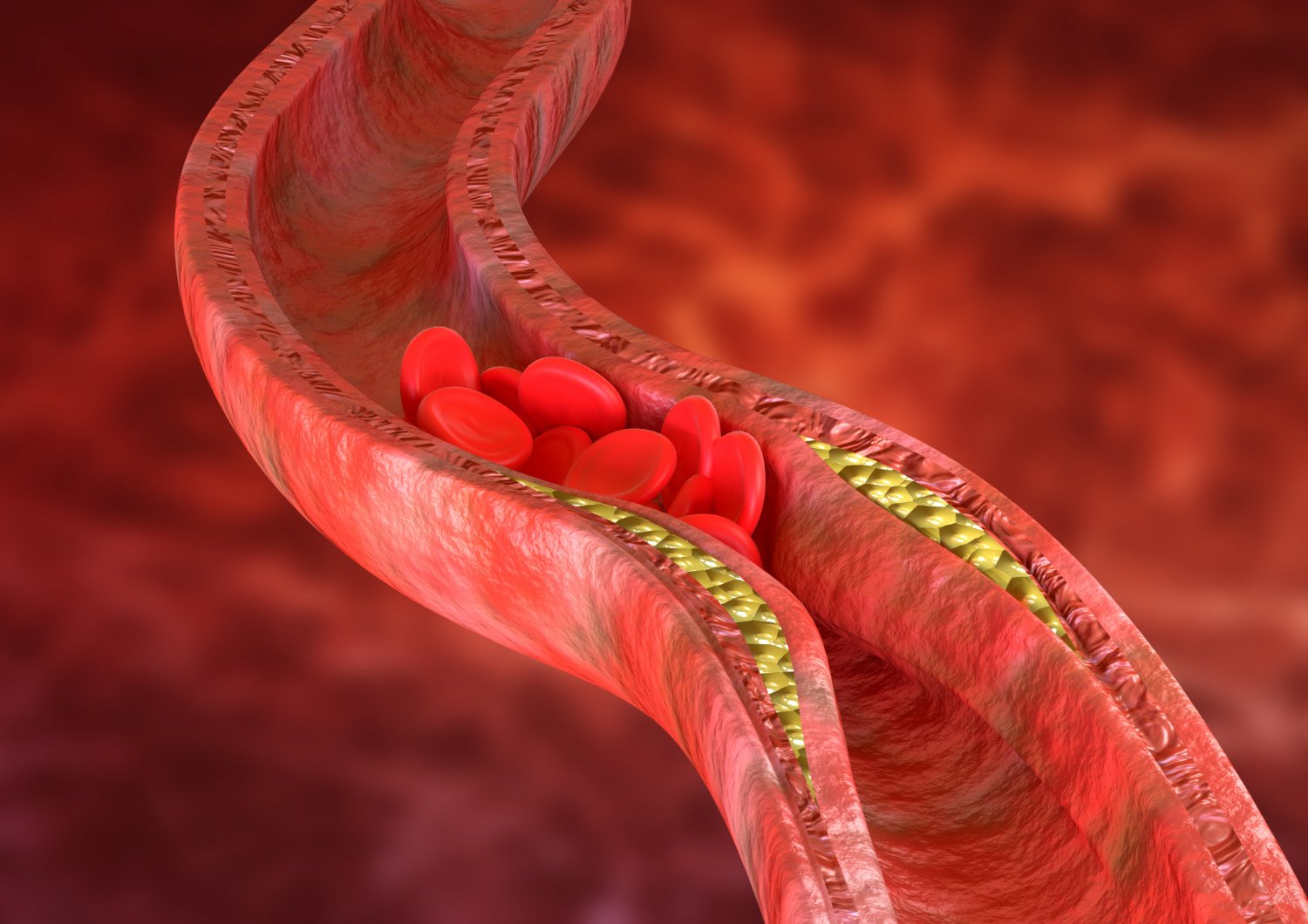
Renal angioplasty is a minimally invasive procedure used to treat renal artery stenosis—a condition where the arteries supplying blood to the kidneys become narrowed due to plaque buildup. This condition can lead to high blood pressure and kidney dysfunction, increasing the risk of kidney failure if left untreated. Renal angioplasty plays a crucial role in restoring blood flow, preserving kidney function, and preventing further complications.
Renal angioplasty is recommended for patients who have:
If left untreated, renal artery stenosis can lead to worsening kidney disease, uncontrolled hypertension, and an increased risk of cardiovascular complications.
Renal angioplasty is performed using a catheter-based approach. Here’s what happens during the procedure:
When it comes to advanced cardiac and vascular interventions, Dr. Gautam Naik is one of the most renowned interventional cardiologists in Faridabad, currently practicing at Apollo Hospital. With extensive expertise in complex angioplasties, including renal and coronary interventions, Dr. Naik has successfully treated numerous patients suffering from renal artery stenosis. His patient-centric approach, use of cutting-edge technology, and years of experience make him the go-to specialist for renal angioplasty in Faridabad.
Renal angioplasty is a life-saving procedure that plays a vital role in preserving kidney function and preventing severe complications. If you or a loved one is experiencing uncontrolled hypertension or declining kidney function, consulting an expert like Dr. Gautam Naik can be the first step toward better health. With modern advancements in interventional cardiology, patients now have access to safer, more effective treatments that improve both kidney and overall cardiovascular health.






